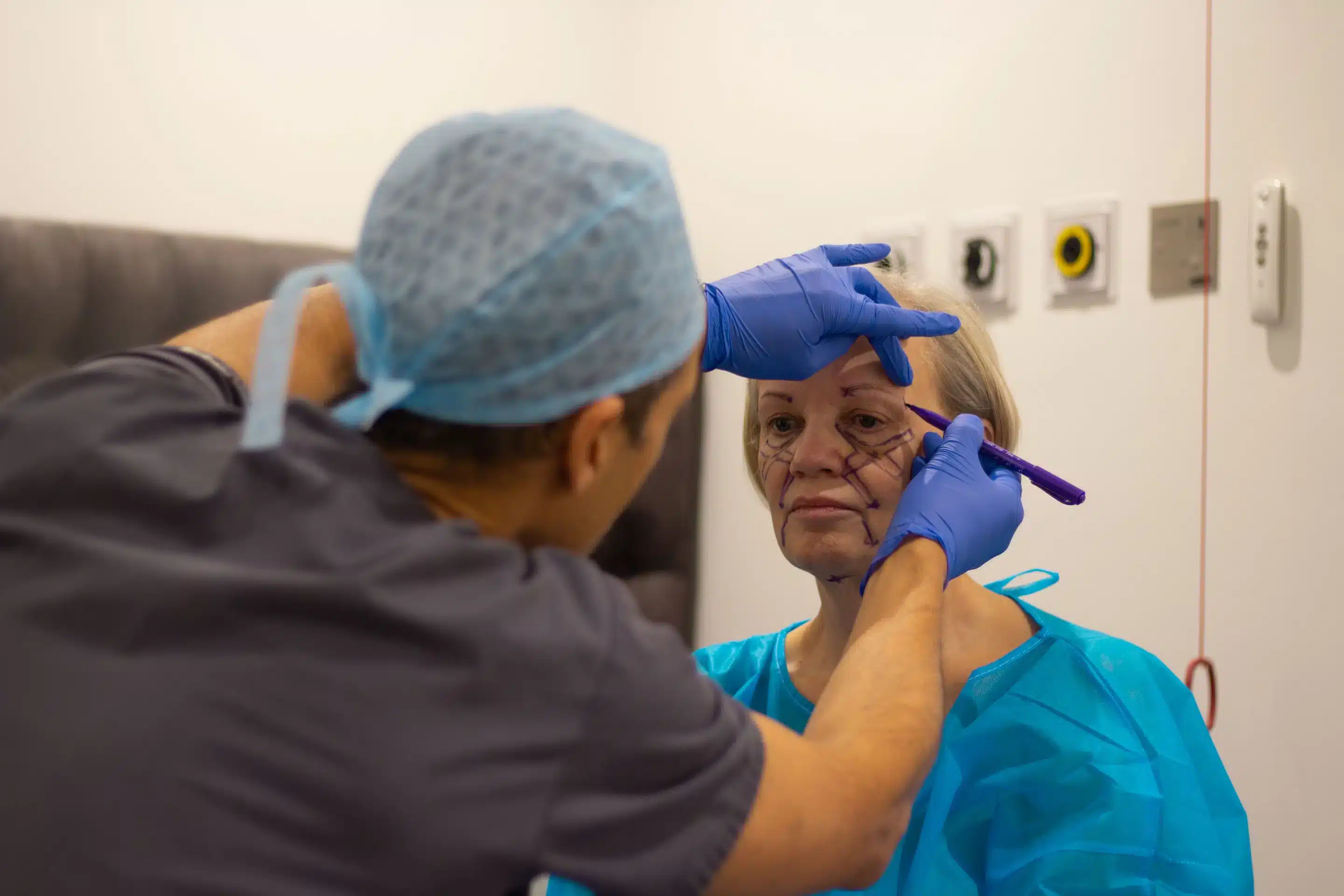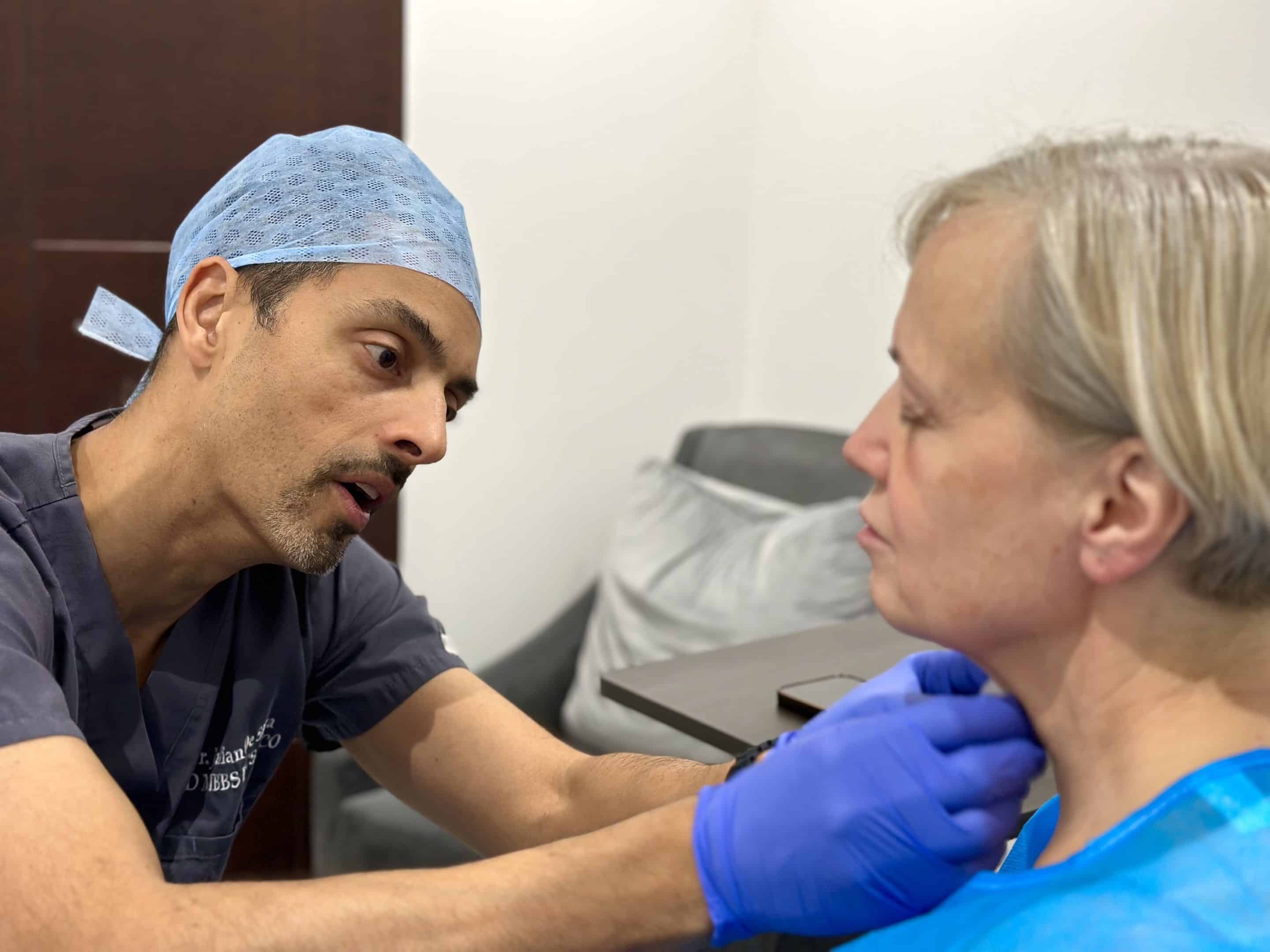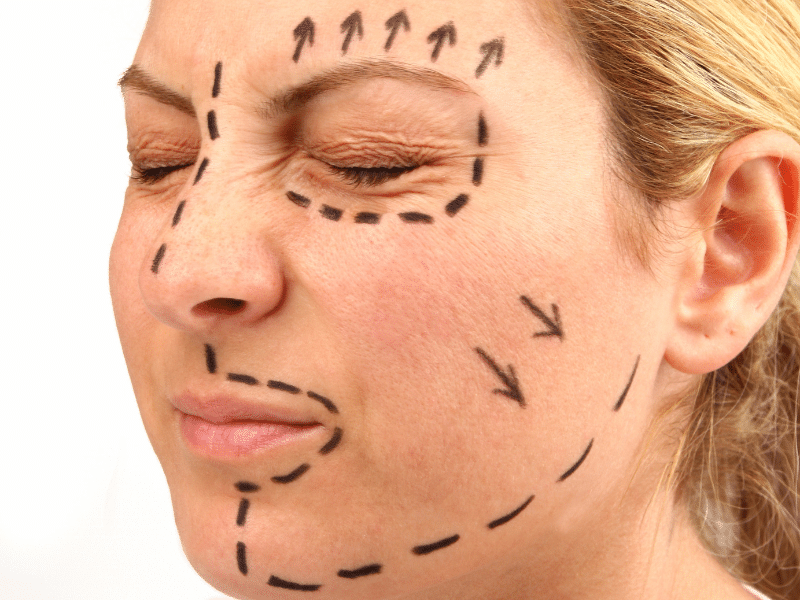
Moving forward into 2023, the world of facelifts amazingly blended scientific discoveries with evolving beauty standards.
So, if you’re considering getting a facelift, you better sit tight. In this section, I’ll explore the distinguishing features between traditional and modern facelifts.
Traditional Facelift vs. Modern Facelifts
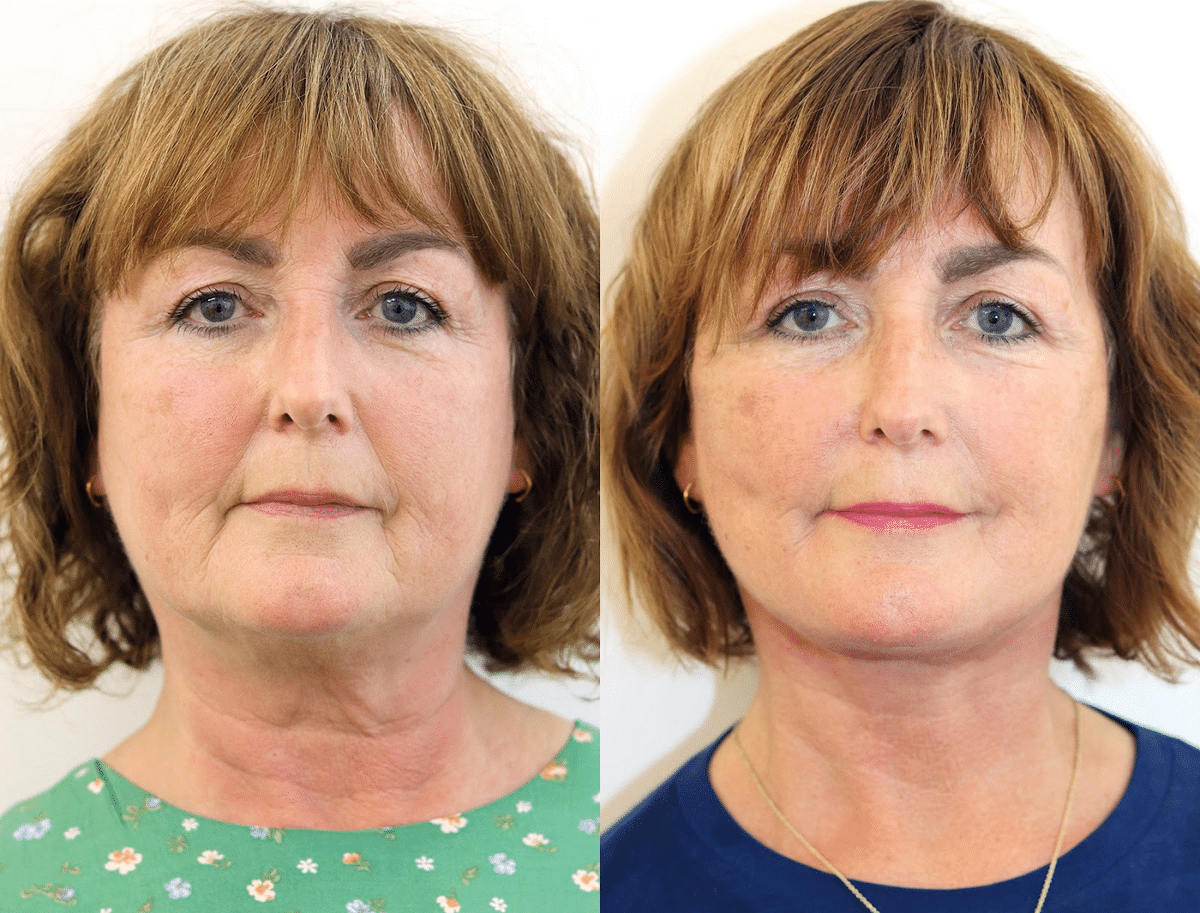
Here are the differences between a traditional facelift and modern facelifts:
Traditional Facelift
For many years, the conventional facelift has been a staple for those who want to look younger. The procedure generally starts with an incision near the temples, going down and encircling the ear, and culminating at the lower scalp.
During the aesthetic procedure, the surgeon carefully adjusts the facial skin. They then address and enhance the underlying structures. The excess skin is then removed, and the remaining skin is neatly arranged for a rejuvenated appearance.
Modern Facelifts
As we navigate through 2023, there’s a noticeable trend favoring updated facelift strategies. These approaches tend to be gentler and are crafted to resonate with individual needs.
Take the mini facelift as an example; it focuses on distinct parts of the face, promising a quicker healing time and fewer days of rest post-surgery. The thread lift, living up to its moniker, uses bio-degradable threads subtly placed beneath the skin’s surface. Moreover, liquid facelifts utilise dermal fillers, and sometimes, anti-wrinkle treatment, to smooth out facial lines and enhance natural features.
Stacked against the more traditional techniques, these modern-day rejuvenation practices often come with fewer complications, minimal visible marks, and a faster bounce-back timeline.
New and Promising Facelift Techniques in 2023
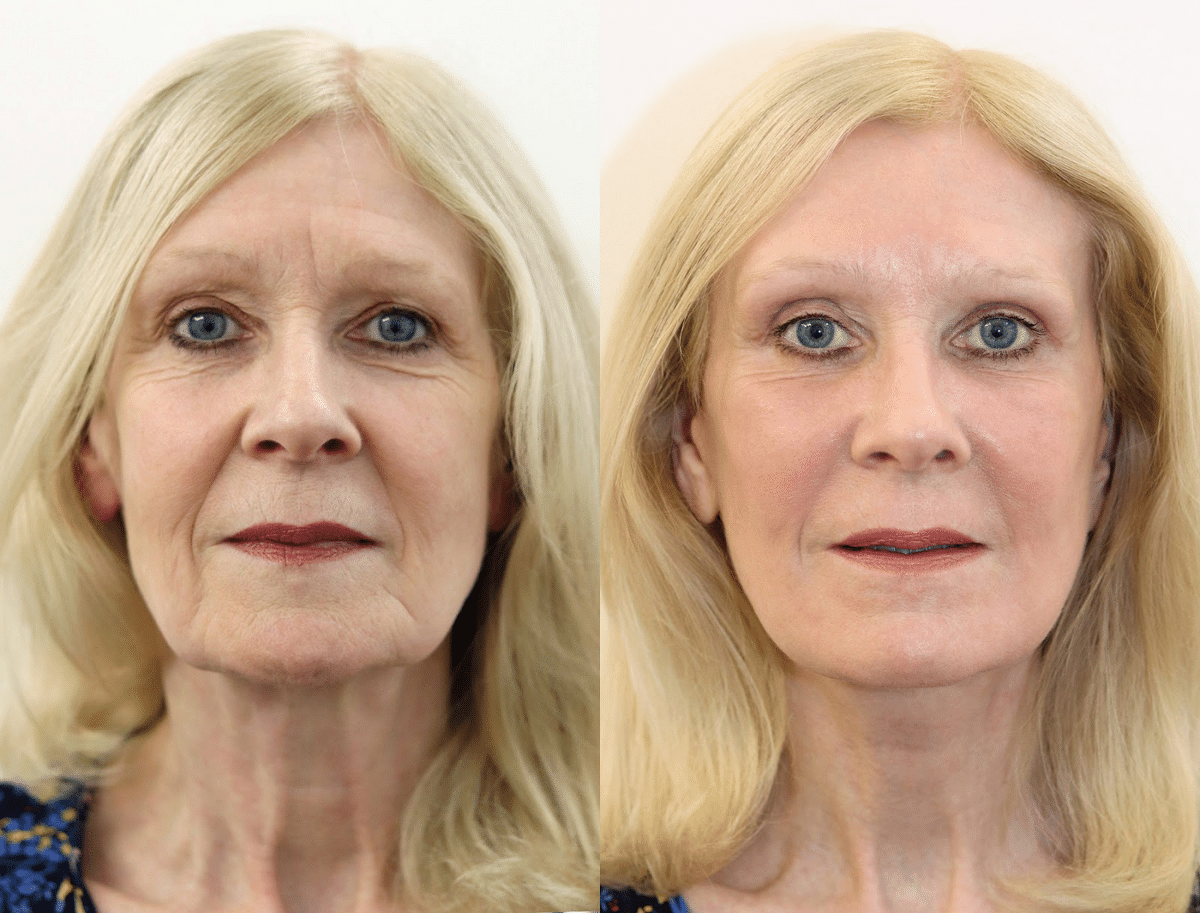
Take a look at the new facelift techniques of 2023:
-
Deep Plane Facelift
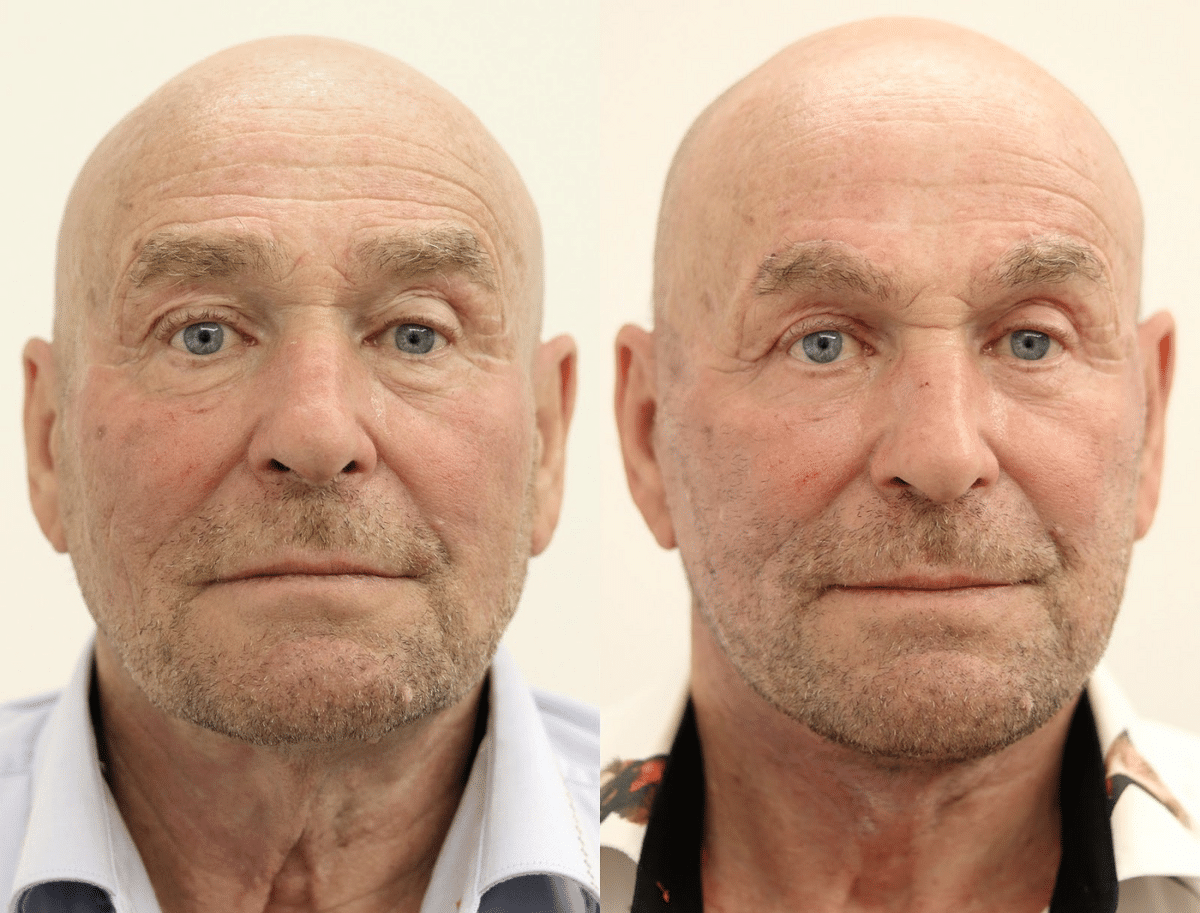
This technique rejuvenates by targeting layers beneath the skin’s surface. The surgical process commences with an incision akin to the traditional facelift, primarily around the hairline and ear. Yet, the distinction lies in its depth. Surgeons navigate beyond the superficial, targeting the Superficial Musculo-Aponeurotic System (SMAS) located underneath the facial muscles.
The deep plane facelift reshapes the entire facial contour, encompassing muscles, adipose tissues, and skin, promising comprehensive rejuvenation. It’s particularly adept at addressing pronounced sagging, notably in the cheek area and nasolabial folds.
While providing results that are refreshingly youthful yet not excessively taut, the deep plane facelift is a method that requires the touch of an adept surgeon, such as the renowned Dr. Julian De Silva, renowned for his prowess in this sophisticated procedure.
-
SMASectomy
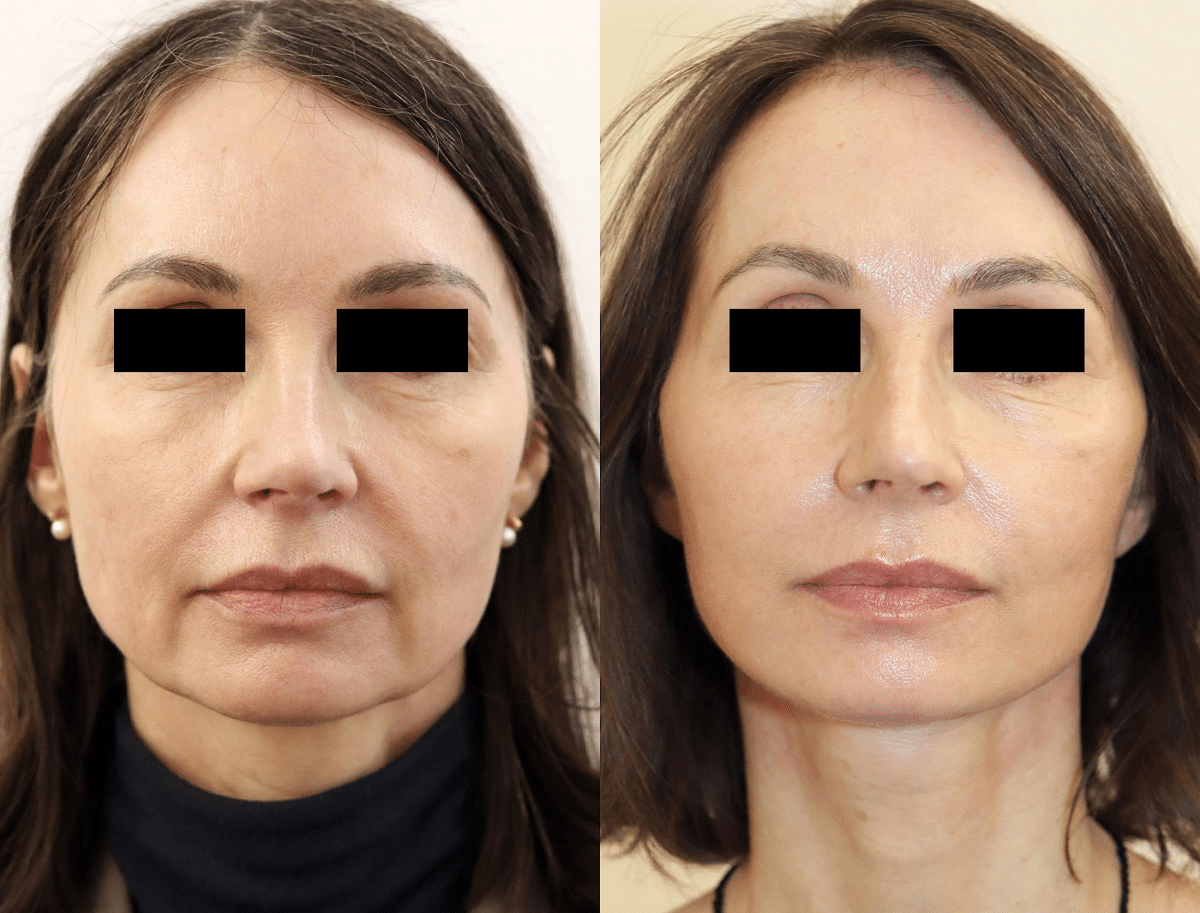
The SMASectomy focuses on the Superficial Musculo-Aponeurotic System (SMAS) – a vital layer beneath our skin that shapes our face. As time passes, this layer can droop, leading to an aged appearance.
Here’s what happens during a SMASectomy: the surgeon removes part of the drooping SMAS tissue. This is followed by lifting and setting the rest of the SMAS to a fresher, uplifted position. This step helps in refining the facial shape, especially addressing issues like drooping cheeks.
What sets SMASectomy apart is its precise focus on the SMAS layer. By directly working on this layer, the outcome often looks more natural, avoiding that over-tightened appearance some other facelifts might produce.
-
Purse String Lift
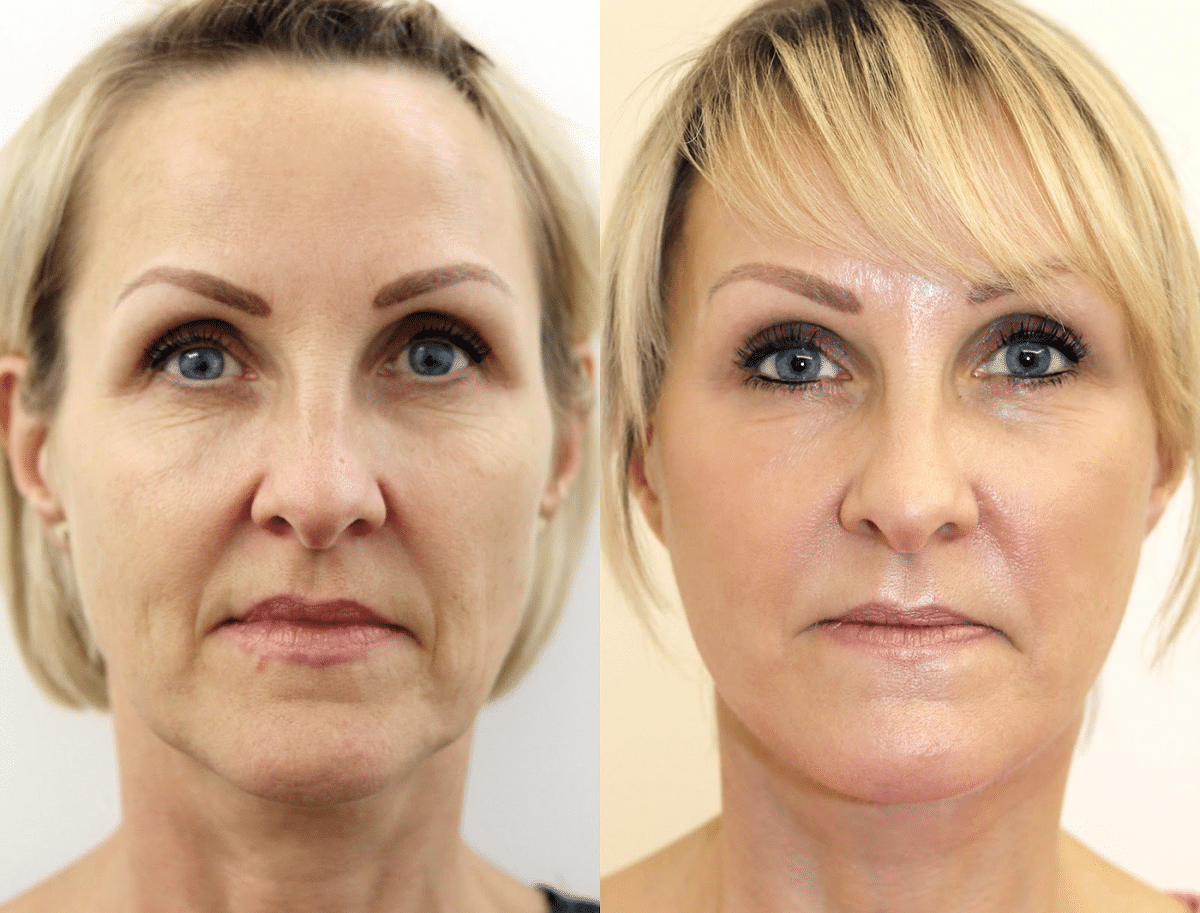
Another emerging technique in 2023 is the purse string lift.
Think of the purse string lift as a milder facelift method. The surgeon places a special stitch (like a drawstring) in deeper facial or neck tissues. When tightened, this stitch brings together and raises the tissue – think of pulling a drawstring bag closed.
This technique not only lifts the sagging tissues but also offers a smoother, renewed facial shape. If there’s any extra skin, it’s neatly trimmed away.
What’s great about the purse string lift? It’s typically less intense than other facelifts, meaning fewer incisions and faster healing. Plus, the results lean towards the natural side, avoiding that overdone look.
However, the purse string lift isn’t for everyone. It’s best for those with a little drooping. If you have more prominent sagging, you might need a different kind of facelift. Your unique needs and health will always guide the best treatment choice.
Sharon Osbourne’s Facelift

Image Source: The Mirror
The well-known British TV personality and music manager Sharon Osbourne hasn’t shied away from sharing her plastic surgery stories, including multiple facelifts.
Picture Reference: The Mirror
Over time, Sharon has openly spoken about her choice to opt for cosmetic procedures. She first took the plunge in 1999, during her 40s, aiming to restore and revitalize her facial charm. Following this, she underwent more facelifts to sustain her chosen appearance. She’s often likened to Joan Rivers for her frankness about plastic surgery, addressing it in many interviews and even on her show, “The Talk.”
Sharon’s choice stemmed from a desire to mirror her inner vibrancy on the outside. However, it’s crucial to realize that everyone’s journey and results with such surgeries differ. Before making a decision, one should always weigh their options and seek advice from experienced medical professionals.
Patient Case

This lady in her mid-forties began to feel that her face showed signs of fatigue, marked by sagging skin, the onset of jowls, and reduced facial volume. After consultations with various experts, she approached me, Dr. Julian De Silva, noted for expertise in facial cosmetic procedures.
I noticed the drooping skin around her jaw during her assessment. After a thorough evaluation, we talked in-depth about achieving the best possible enhancements with the least recovery time. We settled on a mini facelift and cheek implants. The procedure was done under twilight anaesthesia, ensuring her comfort and quick recovery.
Photos taken six weeks post-operation show minor swelling. But they also highlight her refined jawline and the rejuvenated angle between her neck and jaw. She was delighted with the outcome, testifying to the procedure’s success.
Youtube Video
Watch this video for a further understanding.
A deep plane facelift is a specialized surgical technique aimed at rejuvenating the face by addressing sagging and aged tissues beneath the skin’s superficial layer. In a deep plane facelift, the surgeon begins by making carefully placed incisions, typically around the hairline, in front of the ear, and extending behind the ear.
The key distinction of this technique lies in the depth at which the surgery occurs. In contrast, the surgeon works on the deeper layers, specifically the SMAS (Superficial Musculo-Aponeurotic System).
By manipulating this layer, I, Dr. De Silva, can reposition your muscles, connective tissues, and fat pads to a better position that’ll give you a more natural look. Doing this willalso tighten and lift your skin without the pulled look that makes your face look artificial. Lastly, the deep plane gives you permanent results because it deals with the root causes of looking old.
Facelift Quiz
Are you ready for a facelift? Take this quiz now!
Conclusion
Do you want to know how these modern 2023 facelift techniques can help you look better and feel confident? Schedule a consultation with me now! You can also drop by my office located at 23 Harley St, London W1G 9QN, UK.


